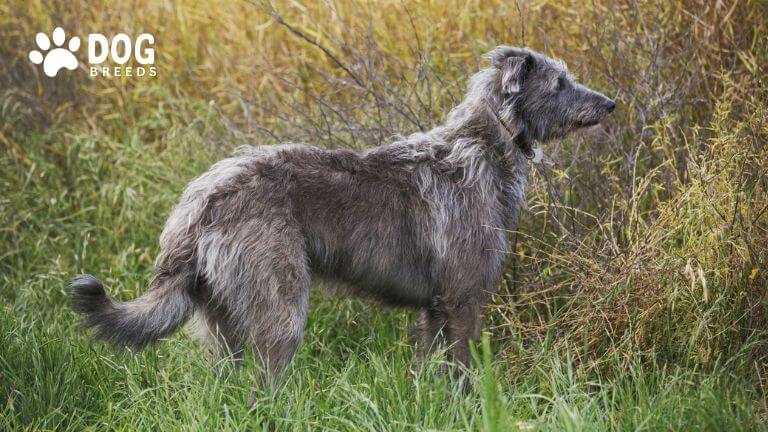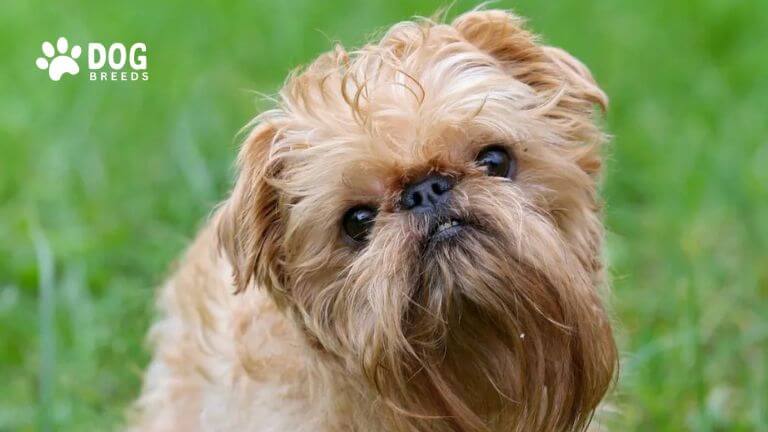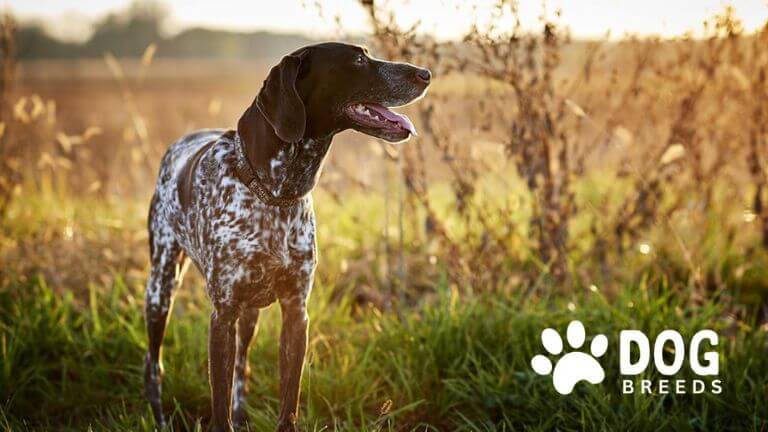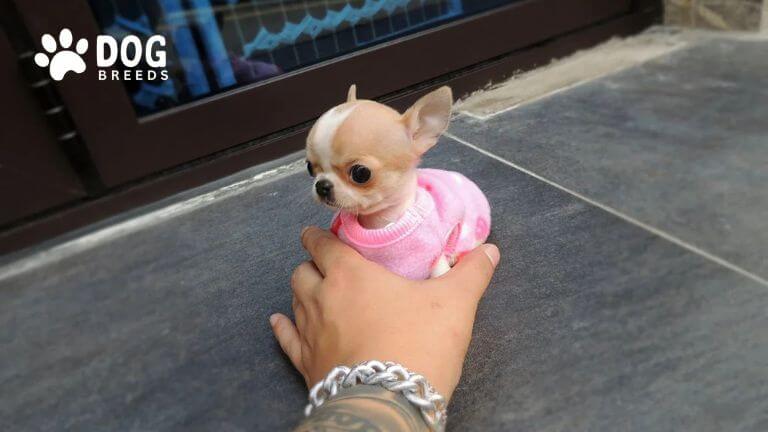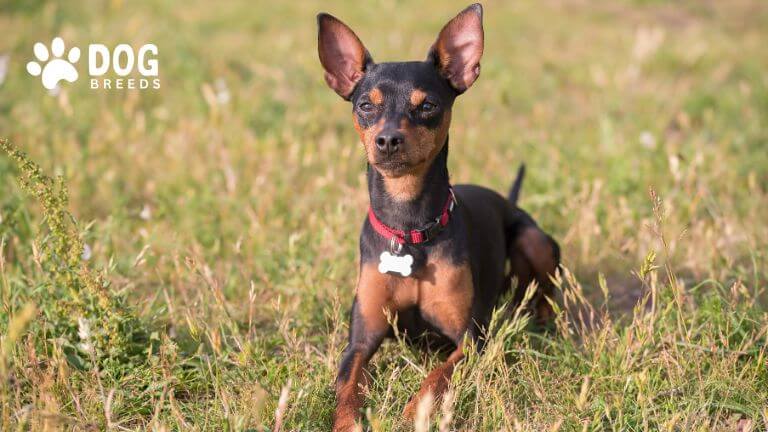Scottish Deerhound Dog Breed: History, Traits & Care Guide
The Scottish Deerhound is a majestic breed known for its elegance, history, and gentle nature. With a lineage that dates back centuries, this noble dog is a blend of strength, grace, and loyalty. Whether as a hunting companion or a family pet, the Scottish Deerhound continues to captivate dog lovers with its unique qualities. In this guide, we will delve into the breed’s origins, characteristics, temperament, care requirements, and more, giving you a comprehensive understanding of this incredible dog.
Scottish Deerhound Dog Breed Overview
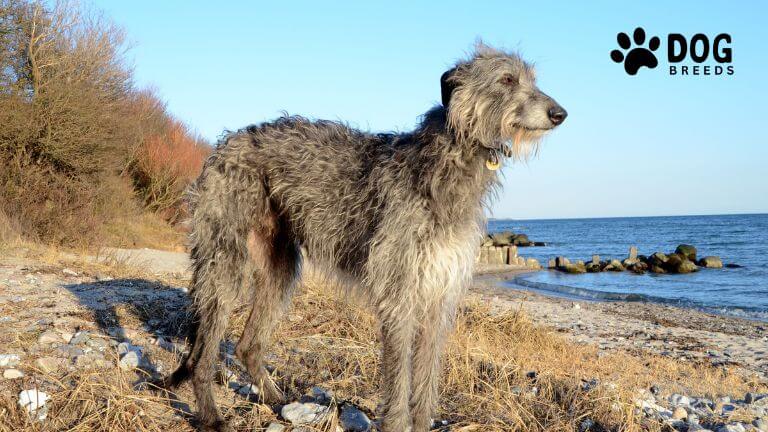
| Breed Name | Scottish Deerhound |
| Origin | Scotland |
| Breed Group | Hound Group |
| Size | Large |
| Height | Males: 30-32 inches; Females: 28 inches and above |
| Weight | Males: 85-110 pounds; Females: 75-95 pounds |
| Coat Type | Harsh and wiry, with a softer undercoat |
| Coat Colors | Blue-gray, brindle, gray, fawn, or yellow |
| Lifespan | 8-11 years |
| Temperament | Gentle, friendly, loyal, and dignified |
| Energy Level | Moderate; requires regular exercise |
| Exercise Needs | Daily walks and space to roam; enjoys running |
| Grooming Needs | Weekly brushing; occasional hand-stripping for coat maintenance |
| Training | Intelligent but can be independent; responds best to positive reinforcement |
| Compatibility | Good with children and other pets; may have a strong prey drive towards small animals |
| Common Health Issues | Bloat (gastric torsion), heart issues, and joint problems |
| Ideal Living Environment | Best suited for homes with space to run; thrives in rural or suburban settings |
| Notable Traits | Known as the “Royal Dog of Scotland,” excellent hunting skills, and a calm, regal demeanor |
Scottish Deerhound History and Origin
The Scottish Deerhound has a rich and storied history, tracing its roots to ancient Scotland. This breed was initially developed for one purpose: hunting large game, particularly red deer. The Scottish Deerhound was highly prized by Scottish nobility and was often referred to as the “royal dog” due to its association with royalty and its role in hunting. It is believed that the breed’s ancestors were brought to Scotland by the Celts, and it played a vital part in the country’s culture and traditions for centuries.
The Scottish Deerhound’s exceptional ability to chase and capture deer made it indispensable in hunting expeditions, which were vital to the Scottish way of life. Its keen sight, remarkable speed, and strength made it an excellent sighthound, capable of covering vast distances and enduring through tough terrains. Over time, this breed became not only a skilled hunter but also a beloved companion to the aristocracy.
Scottish Deerhound Physical Characteristics
The Scottish Deerhound is a large, powerful dog with a graceful and dignified appearance. Standing between 28 to 32 inches tall at the shoulder and weighing between 75 and 110 pounds, this breed commands attention. Despite its size, the Deerhound carries itself with elegance and poise, which enhances its noble presence.
One of the most striking features of the Scottish Deerhound is its coat. The breed has a rough, wiry coat that can be gray, blue-gray, brindle, or sandy. This weather-resistant coat protected the dog during hunting expeditions in harsh Scottish climates. The coat is a key aspect of its identity, giving the breed a distinctive, almost rugged look. Along with its long, lean body and deep chest, the Scottish Deerhound is built for speed and endurance, capable of sprinting at impressive speeds over long distances.
Temperament and Personality
The Scottish Deerhound is known for its calm and gentle temperament, which sets it apart from many other sighthounds. Unlike some breeds with high energy levels, the Deerhound is surprisingly laid-back and content to rest after a good run. It is friendly, affectionate, and typically gets along well with children, making it an ideal family companion. While it can be reserved around strangers, it is never aggressive and is generally peaceful.
When compared to similar breeds like the Irish Wolfhound, the Scottish Deerhound tends to be more reserved and subtle in its approach. While both breeds share similar traits, such as loyalty and an affectionate nature, the Deerhound’s lower-key demeanor may make it a better fit for households looking for a calm and easy-going pet. However, just like other sighthounds, the Deerhound retains a strong prey drive and will chase smaller animals if given the opportunity.
Care and Maintenance
Caring for a Scottish Deerhound requires attention to its grooming, exercise, and dietary needs. The breed’s coat requires regular grooming to keep it free from tangles and mats. A weekly brushing is usually sufficient, but some Deerhounds may need more frequent attention, especially if they are active outdoors. In addition, it is important to trim the dog’s nails and check its ears regularly for signs of infection.
Exercise is essential for this breed, as the Scottish Deerhound was bred to run and chase. Daily walks and opportunities to stretch their legs are necessary to keep them physically and mentally healthy. While the breed enjoys a good sprint, it does not require excessive exercise, and its calm demeanor makes it suitable for families with a relatively low-key lifestyle.
In terms of diet, the Scottish Deerhound requires a well-balanced, high-quality dog food that supports its large size and active lifestyle. Like all dogs, it’s crucial to monitor their weight and prevent overeating, as large breeds are more prone to joint issues.
Health Considerations
As with all breeds, the Scottish Deerhound is susceptible to certain health issues. One common concern is bloat, a life-threatening condition that occurs when the stomach fills with gas and twists. Symptoms of bloat include restlessness, abdominal distension, and drooling, so owners need to be vigilant and seek veterinary care if any of these symptoms arise.
Joint issues, such as hip dysplasia, are also common in large breeds like the Deerhound. Regular vet check-ups, maintaining a healthy weight, and providing joint supplements can help prevent these issues. On average, the Scottish Deerhound lives between 8 to 11 years, and routine veterinary care is key to ensuring a long, healthy life.
Living Requirements
The Scottish Deerhound is best suited for homes with ample space, such as rural or suburban environments. While they can adapt to urban living, the breed’s need for regular exercise and a large yard to run in makes it a better fit for a spacious home. As they are gentle and tolerant, Scottish Deerhounds tend to do well in families with children, as well as in households with other pets, provided they are properly socialized from an early age.
Comparison with Similar Breeds
While the Scottish Deerhound shares many characteristics with the Irish Wolfhound, there are a few notable differences. One of the most obvious differences is size; the Irish Wolfhound is generally larger and heavier than the Scottish Deerhound. Additionally, while both breeds are known for their calm and friendly temperament, the Irish Wolfhound is often described as more reserved, whereas the Scottish Deerhound is somewhat more adaptable and approachable, making it a more suitable choice for first-time large-dog owners.
Conclusion
The Scottish Deerhound is a breed that combines elegance, loyalty, and a gentle nature. Its noble history, distinct physical features, and calm temperament make it a wonderful companion for families and individuals alike. While it requires ample space, exercise, and proper care, the Scottish Deerhound’s affectionate and dignified demeanor make it a beloved pet in many households. If you’re considering adding a Scottish Deerhound to your family, explore local adoption centers or connect with breeders to find the perfect match for your home.
Embrace the beauty and grace of the Scottish Deerhound and enjoy the companionship of this magnificent breed.
- Why Are Dalmatians Not Popular? Uncovering the Truth Behind the Rarity of This Iconic Breed - April 16, 2025
- Top 15 Chinese Dog Breeds: Discover the Best Dogs from China - April 14, 2025
- Dalmatian Dog Breed: History, Care, Personality & Health - April 3, 2025
